
Hemera Technologies/AbleStock.com/Getty Images
Glycolic acid peels are commonly used for cosmetic purposes to rejuvenate the skin by applying glycolic acid as a mask to the face. These peels can be done at home or in a salon, but the use of them can burn your skin, especially if your skin is sensitive and has a negative reaction to the peel.
Glycolic Acid
Glycolic acid comes from naturally occurring fruit acids (alpha hydroxy acids or AHAs) that are used for many cosmetic purposes. The acid in sugar cane is glycolic acid, and it has been proven to have a beneficial effect on skin. Researchers find that it is most adaptable for cosmetic uses.
First-Time Effects
If this is your first time using a glycolic acid peel and you are feeling a burning sensation, wash your face off immediately with baking soda and water. This should neutralize the burning sensation.
First- and Second-Degree Burns
If there are first- or mild second-degree burns, you will have scabs or blisters and the skin is pink, but it does not bleed when rubbed. Immediately run cold water over the burned area for 10 to 15 minutes, then apply a very good moisturizer. If you wish to buy a product used for laser burns, you can get Vitapure Serum and Extract Hydrating Oil. You would apply the serum three times a day and the oil over the area at least three times a day. Keeping your face moisturized is the key here. You can get the serum and oil at www.lathene.com.
Third-Degree Burns
If the skin is oozing and there is bleeding, but no scabs, run cold water on the area for 10 to 15 minutes, then use some antibiotic cream and a sterile gauze bandage. Go to a doctor immediately as these types of burns are very deep and need medical attention. .
Warning
Using a glycolic acid peel can be dangerous as the effect of the peel is determined by its strength. Because large-scale cosmetic companies fear lawsuits, they will not generally increase the strength, and anything less than 10 percent is useless. So when buying a peel for the first time, using a lower strength, maybe even starting with 10 percent, is suggested until you have tested out what your skin responds to.
.
Related Articles
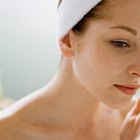
Can Tri-Luma Be Used to Fade Acne Scars?
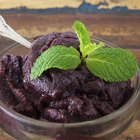
Acai Berry & Acne
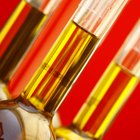
Jojoba Oil Benefits

The Difference Between Retin A & Renova

Can Borage Oil Help Acne?

Reactions to Nair Hair Removal
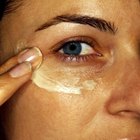
The Best Facial Moisturizers for People ...
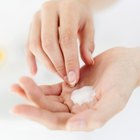
What Goes First Serum or Moisturizer?
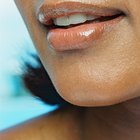
How to Cure Razor Burn on a Woman's ...
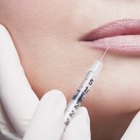
How to Treat Hematoma & Swelling After ...

Instructions for Using Mandelic Acid

How to Apply Dr. Palmer's Fade Cream

Side Effects of Certain Dri

Snail Cream Benefits
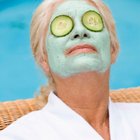
How to Exfoliate for Rosacea
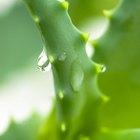
Aloe Ferox Benefits

Peppermint Oil for a Cough

What Prescriptions Can Get Rid of Under ...

How to Make Natural Eye Creams With ...

Definition of Skin Bleaching
References
Writer Bio
This article was written by the CareerTrend team, copy edited and fact checked through a multi-point auditing system, in efforts to ensure our readers only receive the best information. To submit your questions or ideas, or to simply learn more about CareerTrend, contact us [here](http://careertrend.com/about-us).
Photo Credits
Hemera Technologies/AbleStock.com/Getty Images